Home>Gardening & Outdoor>Outdoor Recreation & Activities>How Many Watts Does A Bounce House Use
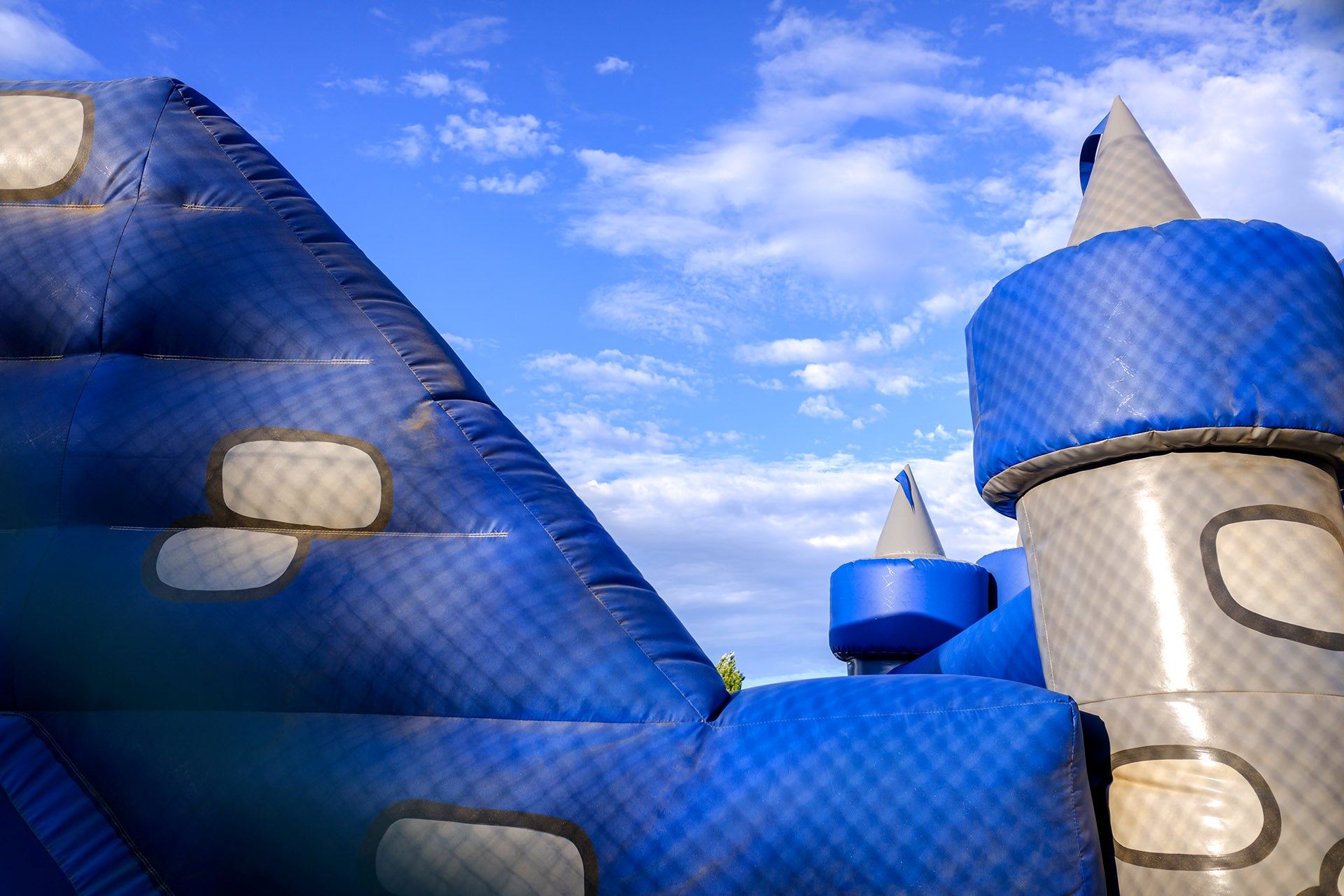

Outdoor Recreation & Activities
How Many Watts Does A Bounce House Use
Modified: February 18, 2024
Discover the energy requirements of bounce houses for your outdoor recreation and activities. Learn how many watts a bounce house uses and make informed decisions for your next event.
(Many of the links in this article redirect to a specific reviewed product. Your purchase of these products through affiliate links helps to generate commission for Storables.com, at no extra cost. Learn more)
Introduction
Bounce houses, also known as inflatable castles or moonwalks, have become a staple at children's parties, carnivals, and other outdoor events. These colorful and bouncy structures provide endless entertainment for kids and can turn any gathering into a memorable experience. However, one common question that arises when setting up a bounce house is, "How many watts does a bounce house use?"
Understanding the power requirements of a bounce house is crucial for event organizers and homeowners alike. Whether you're planning a birthday party, a community fair, or a family reunion, knowing the power consumption of a bounce house can help you make informed decisions about electrical setups, generator rentals, and overall event logistics.
In this article, we'll delve into the world of bounce houses and explore the intricacies of their power needs. From understanding the basic mechanics of bounce houses to uncovering the factors that influence their power consumption, we'll equip you with the knowledge you need to ensure a safe and enjoyable experience for all bounce house enthusiasts. So, let's bounce right in and unravel the mysteries of bounce house power requirements!
Key Takeaways:
- Bounce houses use electric blowers with power ratings ranging from 350 to 1000 watts, depending on size and design, making it crucial to understand power requirements for safe and enjoyable use.
- Factors such as size, blower efficiency, environmental conditions, usage duration, and maintenance impact bounce house power consumption, emphasizing the need for energy-efficient practices and proactive measures.
Read more: How Many Watts Does A Freezer Use?
Understanding Bounce Houses
Before delving into the power requirements of bounce houses, it’s essential to grasp the fundamental aspects of these inflatable marvels. Bounce houses are essentially large, inflatable structures made from durable materials such as PVC or vinyl. They are designed to be inflated by an electric blower, which keeps them erect and bouncy throughout their use.
These inflatable playhouses come in various shapes and sizes, catering to different age groups and accommodating varying numbers of children at a time. Some bounce houses feature additional elements such as slides, obstacle courses, and basketball hoops, adding to the excitement and versatility of the play experience.
One of the key features of bounce houses is their ability to provide a safe and controlled environment for children to engage in active play. The inflated walls and floors cushion falls and stumbles, reducing the risk of injuries while ensuring an exhilarating and enjoyable time for the young participants.
Moreover, bounce houses often boast vibrant and eye-catching designs, ranging from themed castles and tropical paradises to superhero hideouts and princess palaces. These visually appealing structures add an element of whimsy and enchantment to any event, capturing the imagination of children and adults alike.
Given their popularity and widespread use, bounce houses have evolved to include advanced safety features such as reinforced stitching, secure anchor points, and fire-retardant materials. These enhancements underscore the industry’s commitment to ensuring the well-being of all bounce house occupants, further cementing their status as a beloved entertainment option for various occasions.
Understanding the construction, design, and purpose of bounce houses sets the stage for comprehending their power requirements. By gaining insight into the intricacies of these inflatable wonders, we can better appreciate the role of electrical power in bringing them to life and sustaining the joy and laughter they inspire.
Power Requirements of Bounce Houses
When it comes to powering a bounce house, the primary energy source is an electric blower. This specialized blower is responsible for inflating the bounce house and maintaining its structural integrity and buoyancy while in use. The power consumption of a bounce house primarily depends on the wattage of the blower, which varies based on the size and design of the inflatable structure.
Typically, residential-grade bounce houses designed for backyard use require a blower with a power rating ranging from 350 to 500 watts. These compact and portable units are well-suited for smaller gatherings and domestic settings, offering a balance of performance and energy efficiency. On the other hand, commercial-grade bounce houses, often found at larger events and rental facilities, may utilize blowers with power ratings exceeding 1000 watts to accommodate the larger size and capacity of the inflatables.
Understanding the power requirements of a specific bounce house model is essential for ensuring a seamless setup and operation. Manufacturers typically provide detailed specifications regarding the blower’s power consumption, enabling users to make informed decisions regarding electrical supply and compatibility. Additionally, rental companies and event organizers often offer guidance on the electrical needs of their bounce house inventory, facilitating a hassle-free rental experience.
It’s important to note that while the blower is the primary power-consuming component of a bounce house, other electrical accessories or features, such as integrated LED lights or sound systems, may contribute to the overall power demand. As such, evaluating the comprehensive power requirements of a bounce house involves considering all electrical elements that contribute to its functionality and entertainment value.
Furthermore, the duration of use and environmental factors, such as ambient temperature and wind conditions, can influence the blower’s energy consumption. In hot weather, the blower may need to work harder to maintain the bounce house’s inflation, potentially leading to increased power usage. Understanding these variables can aid in planning for adequate power supply and implementing measures to optimize energy efficiency during bounce house usage.
By comprehending the power requirements of bounce houses and the factors that influence their energy consumption, individuals and event organizers can make informed decisions regarding power supply, equipment compatibility, and operational considerations. This knowledge forms the foundation for creating a safe, enjoyable, and energy-efficient bounce house experience for all participants.
When using a bounce house, make sure to check the wattage of the blower to ensure it matches the capacity of your power source. Most bounce houses use around 600-1500 watts.
Factors Affecting Power Consumption
Several factors influence the power consumption of a bounce house, encompassing both intrinsic design elements and external variables that impact its operation. Understanding these factors is crucial for optimizing energy efficiency and ensuring a seamless and enjoyable experience for bounce house users.
Size and Design: The size and design complexity of a bounce house play a significant role in determining its power consumption. Larger inflatables with intricate features, such as multiple chambers, slides, and obstacle courses, typically require more powerful blowers to maintain optimal inflation and structural stability. Additionally, the presence of integrated accessories, such as climbing walls or inflatable basketball hoops, can contribute to increased power demands.
Blower Efficiency: The efficiency of the blower itself directly impacts power consumption. Modern, high-quality blowers equipped with energy-efficient motors and advanced airflow design can minimize energy usage while effectively maintaining the bounce house’s inflation. Investing in reliable, well-designed blowers can lead to long-term energy savings and enhanced operational performance.
Environmental Conditions: Environmental factors, including ambient temperature, wind speed, and air quality, can affect the power consumption of a bounce house blower. In hot weather, the blower may need to work harder to compensate for air expansion and potential pressure loss, leading to increased energy usage. Similarly, windy conditions may necessitate higher blower output to counteract air leakage and maintain proper inflation.
Usage Duration: The duration for which a bounce house is in use directly influences its overall power consumption. Extended periods of operation require a consistent energy supply to sustain inflation, especially during events lasting several hours or spanning multiple days. Planning for adequate power provision based on anticipated usage duration is essential for seamless and uninterrupted bounce house enjoyment.
Maintenance and Care: Proper maintenance practices, including regular cleaning, inspection of seams and inflatable components, and adherence to manufacturer guidelines, can indirectly impact power consumption. Well-maintained bounce houses are less prone to air leaks and structural issues, reducing the blower’s workload and promoting energy efficiency during operation.
By considering these factors and their collective influence on bounce house power consumption, users and event organizers can implement strategies to optimize energy usage and promote sustainable operational practices. From selecting appropriately sized equipment to proactively managing environmental variables, addressing these considerations can lead to a more efficient and eco-conscious approach to bounce house utilization.
Tips for Efficiently Using Bounce House Power
Maximizing the efficiency of bounce house power usage is essential for creating a seamless and enjoyable experience while minimizing energy consumption. By implementing practical tips and proactive measures, individuals and event organizers can optimize power usage and promote sustainable operational practices. Here are some valuable tips for efficiently using bounce house power:
- Invest in Energy-Efficient Blowers: When acquiring or renting a bounce house, prioritize blowers equipped with energy-efficient motors and advanced airflow design. These modern blowers are designed to minimize power consumption while ensuring optimal inflation and structural stability, leading to long-term energy savings.
- Right-Size the Blower: Select a blower that is appropriately sized for the specific bounce house model. Using an overpowered blower can lead to unnecessary energy usage, while an underpowered blower may struggle to maintain proper inflation, potentially increasing power demands. Consult manufacturer guidelines or rental providers for blower recommendations based on the inflatable’s size and design complexity.
- Monitor Environmental Conditions: Stay attuned to environmental factors such as ambient temperature and wind speed, as these variables can impact the blower’s energy consumption. During hot weather, consider providing shading or cooling measures for the bounce house to reduce the blower’s workload. Additionally, secure the bounce house against strong winds to prevent air leakage and maintain efficient inflation.
- Implement Scheduled Breaks: If the event schedule allows, incorporate periodic breaks in bounce house usage to give the blower and electrical system a rest. This practice can contribute to energy conservation and equipment longevity while providing participants with opportunities for refreshment and alternate activities.
- Utilize Programmable Timers: Employing programmable timers for bounce house operation can help regulate usage periods and prevent unnecessary energy consumption. Set predetermined operating schedules aligned with event activities to ensure efficient power utilization and avoid prolonged idle operation.
- Practice Regular Maintenance: Adhere to manufacturer-recommended maintenance routines to keep the bounce house in optimal condition. This includes inspecting seams, cleaning inflatable surfaces, and promptly addressing any signs of wear or damage. Well-maintained bounce houses are more energy-efficient, as they are less susceptible to air leaks and structural issues that can strain the blower.
- Consider Solar-Powered Options: Explore the availability of solar-powered blowers or alternative energy sources for bounce house operation, especially in outdoor settings with ample sunlight. Solar-powered solutions can offer sustainable and cost-effective alternatives to traditional electrical power, reducing environmental impact and operational expenses.
By incorporating these tips into bounce house setup and operation, individuals and event organizers can contribute to energy conservation, cost efficiency, and a more sustainable approach to inflatable entertainment. These proactive measures not only optimize power usage but also enhance the overall experience for bounce house participants, ensuring uninterrupted fun and excitement while minimizing environmental impact.
Read more: How Many Watts Does A Projector Use
Conclusion
As we conclude our exploration of bounce house power requirements, it is evident that understanding and managing the energy needs of these inflatable wonders is essential for creating safe, enjoyable, and sustainable entertainment experiences. From residential backyard gatherings to large-scale events, the efficient use of power in operating bounce houses is a key consideration for event organizers, homeowners, and rental providers.
By familiarizing ourselves with the power requirements of bounce houses and the factors influencing their energy consumption, we empower ourselves to make informed decisions regarding equipment selection, power supply provisioning, and operational best practices. Whether it’s selecting the right-sized blower, monitoring environmental conditions, or implementing maintenance routines, every proactive measure contributes to optimized power usage and enhanced operational efficiency.
Furthermore, the integration of energy-efficient blowers, scheduled usage breaks, and alternative power sources such as solar technology exemplifies the industry’s commitment to sustainable and eco-conscious entertainment solutions. These initiatives not only reduce energy consumption and operational costs but also align with broader efforts to promote environmental responsibility and conservation.
Ultimately, by embracing energy-efficient practices and leveraging innovative solutions, we can ensure that bounce houses continue to be a source of joy, laughter, and active play for children and families while minimizing their impact on the environment. As technology advances and industry standards evolve, the pursuit of energy-efficient bounce house operation remains a cornerstone of promoting responsible and sustainable entertainment for generations to come.
With a collective commitment to optimizing power usage, embracing eco-friendly innovations, and prioritizing energy efficiency, the world of bounce houses can continue to inspire delightful and memorable experiences, all while treading lightly on the planet. Let’s bounce forward with a shared dedication to sustainable inflatable fun and a brighter, more energy-conscious future for all!
Frequently Asked Questions about How Many Watts Does A Bounce House Use
Was this page helpful?
At Storables.com, we guarantee accurate and reliable information. Our content, validated by Expert Board Contributors, is crafted following stringent Editorial Policies. We're committed to providing you with well-researched, expert-backed insights for all your informational needs.
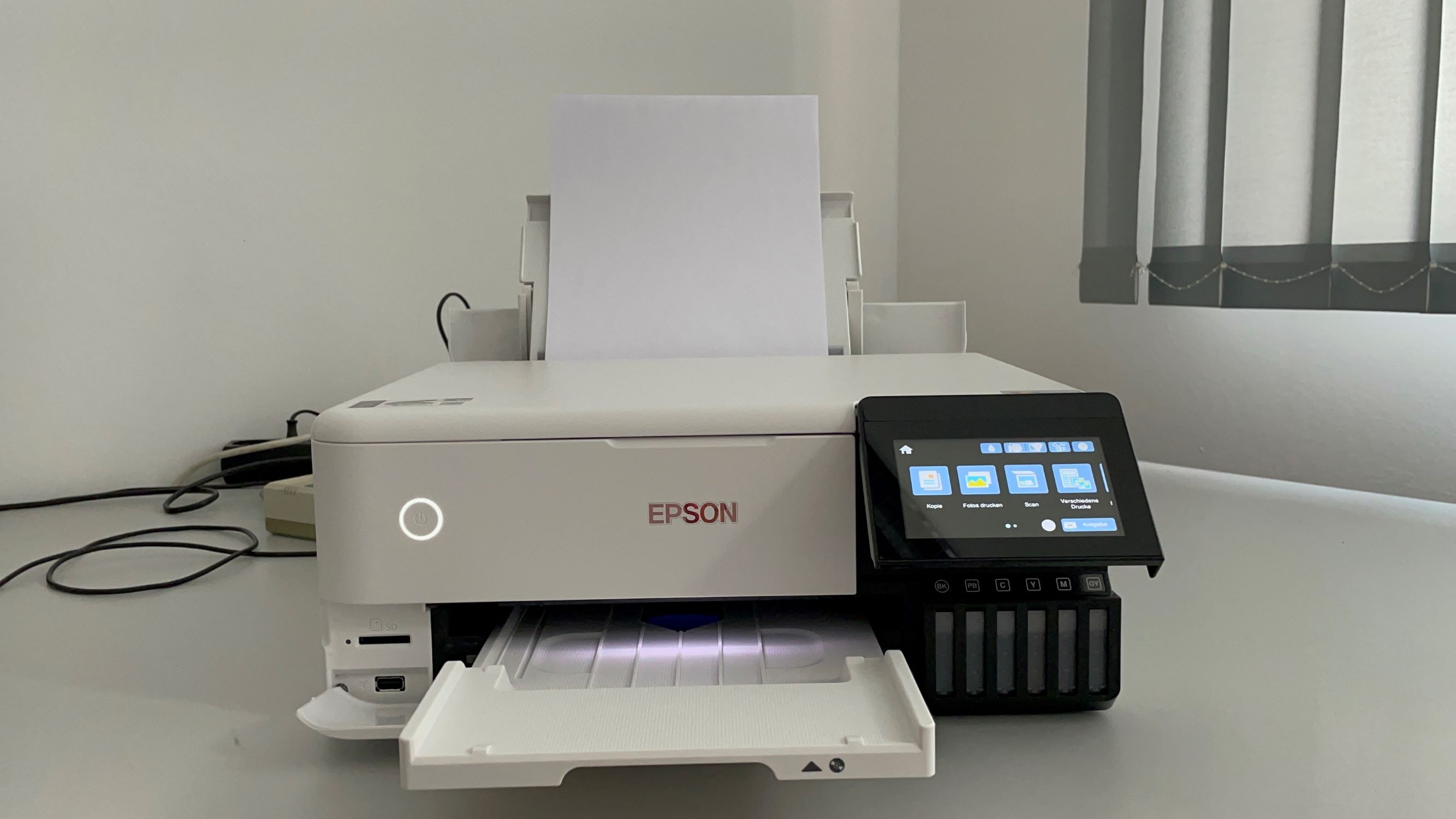
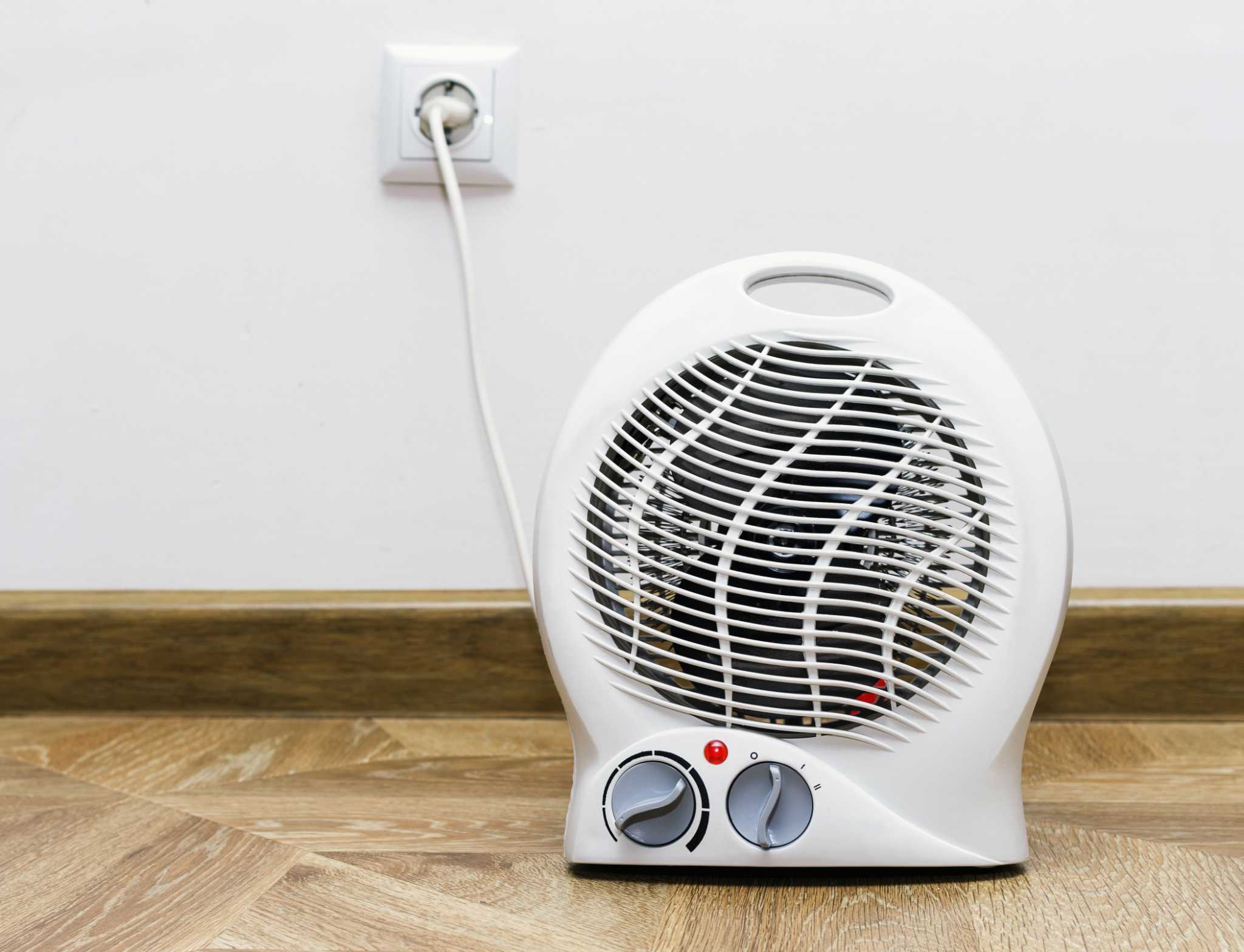
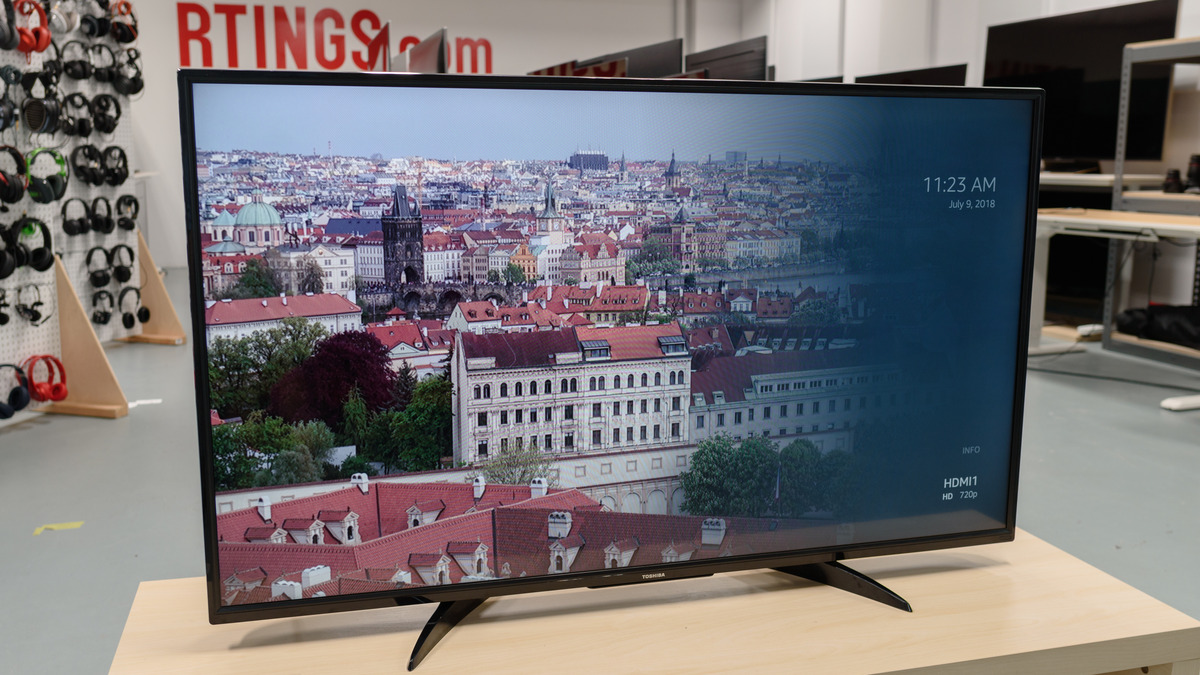
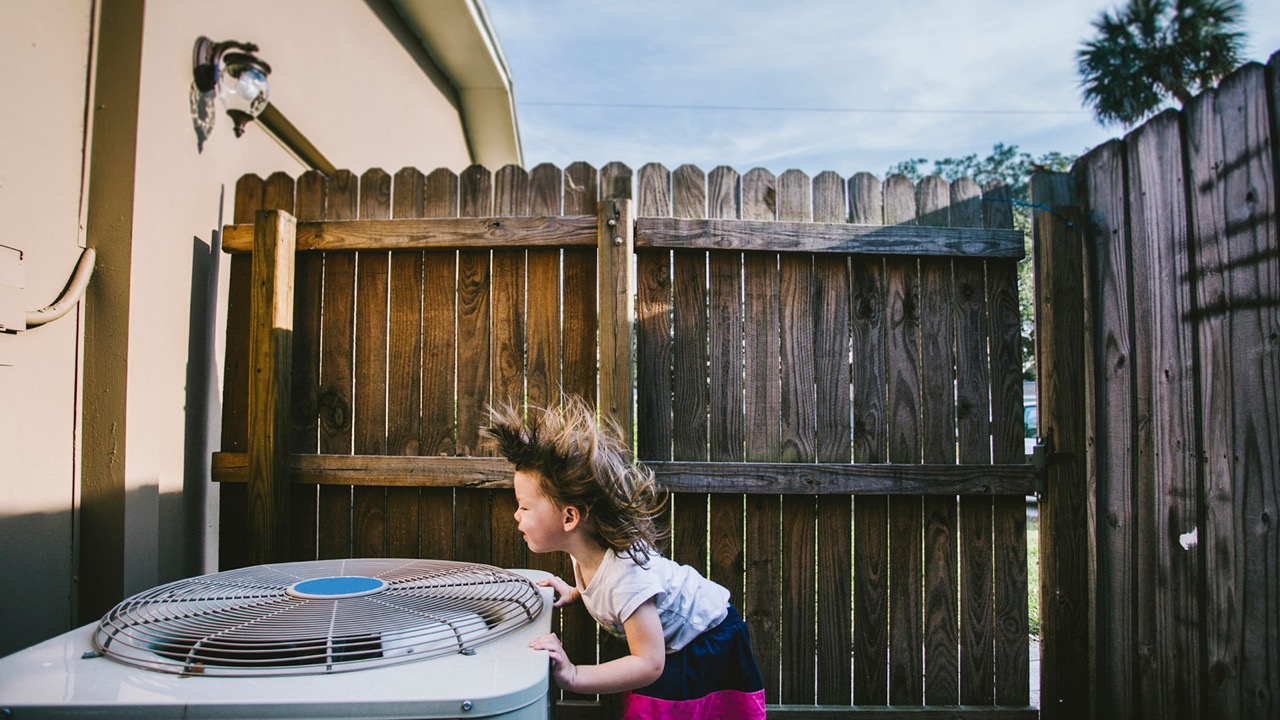
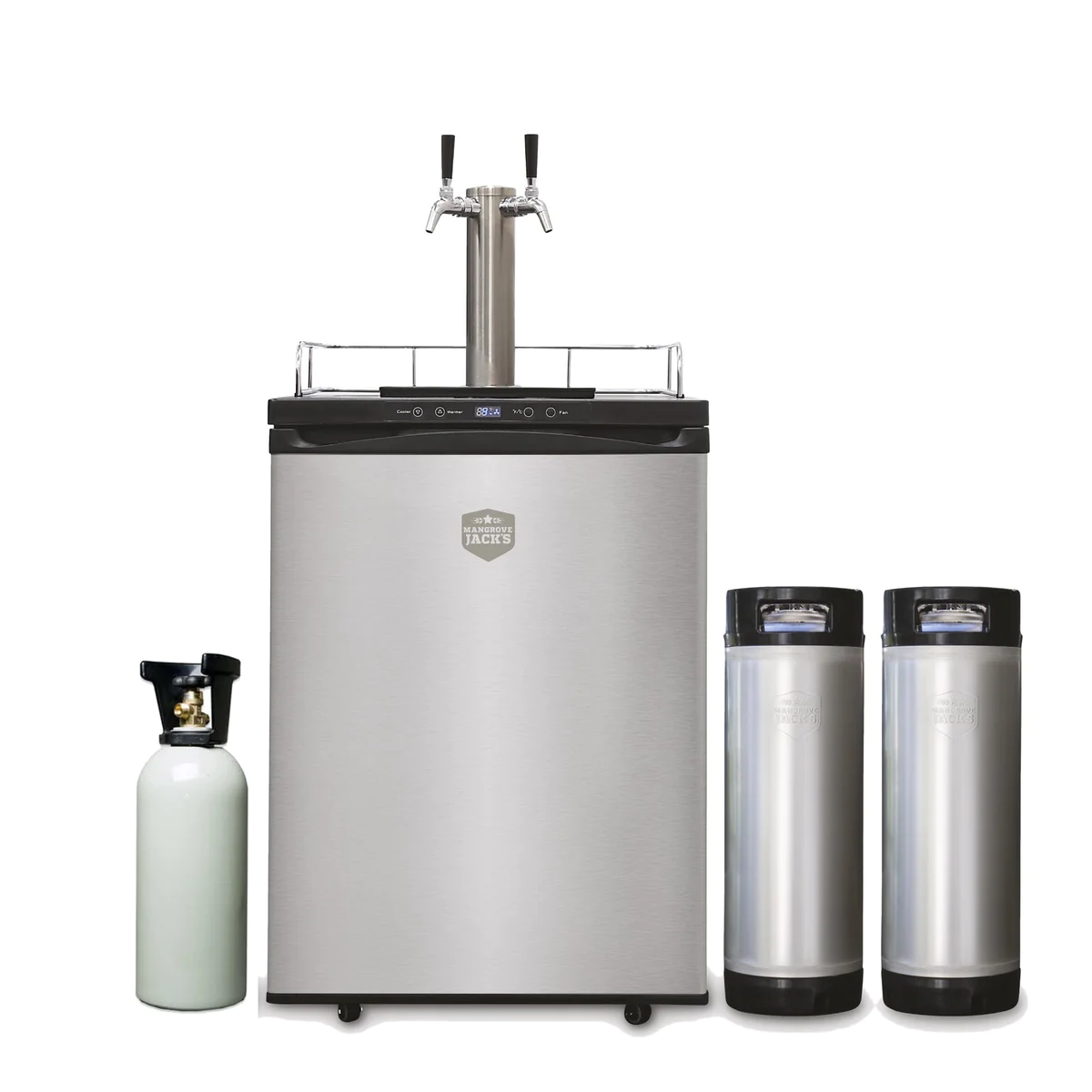
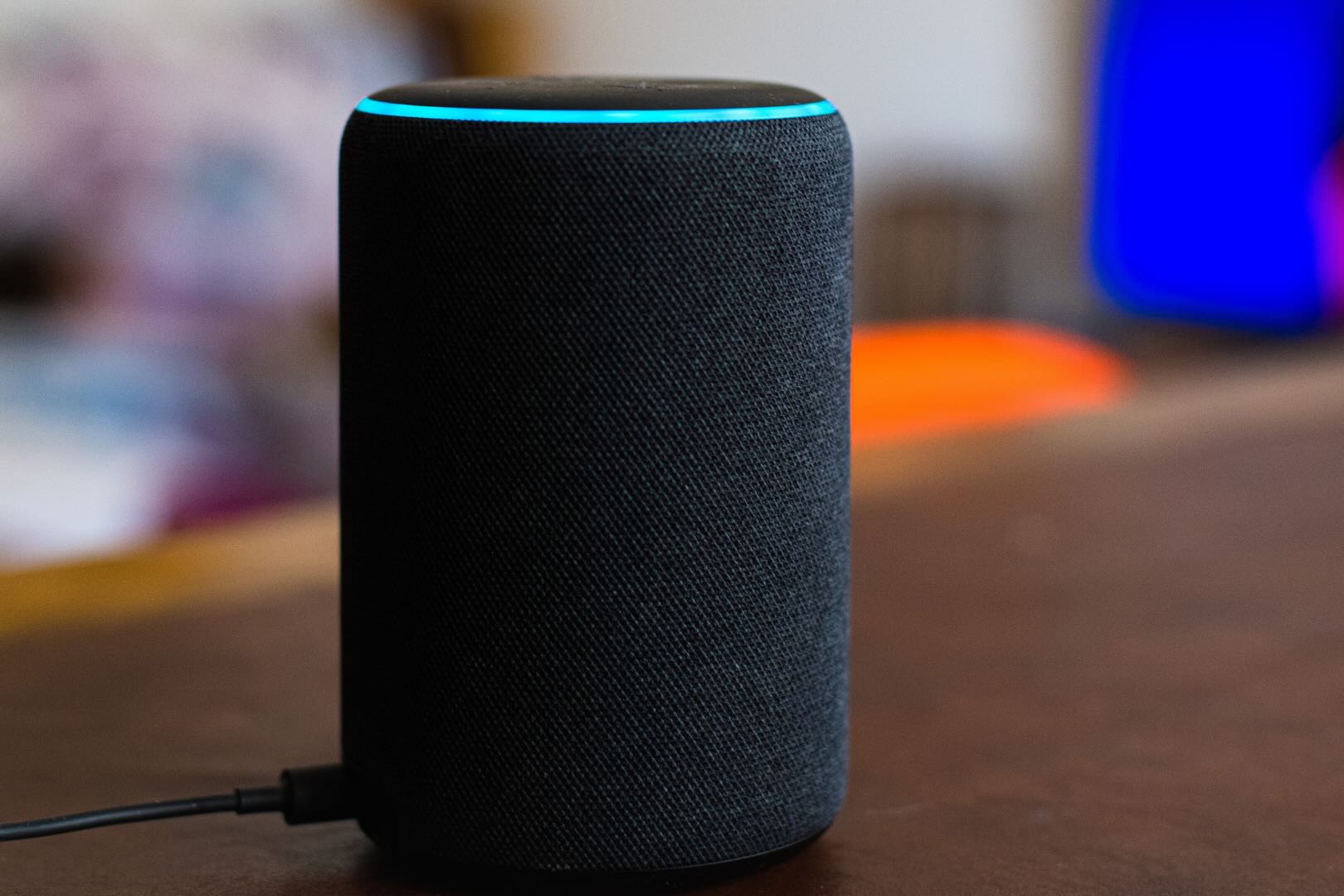
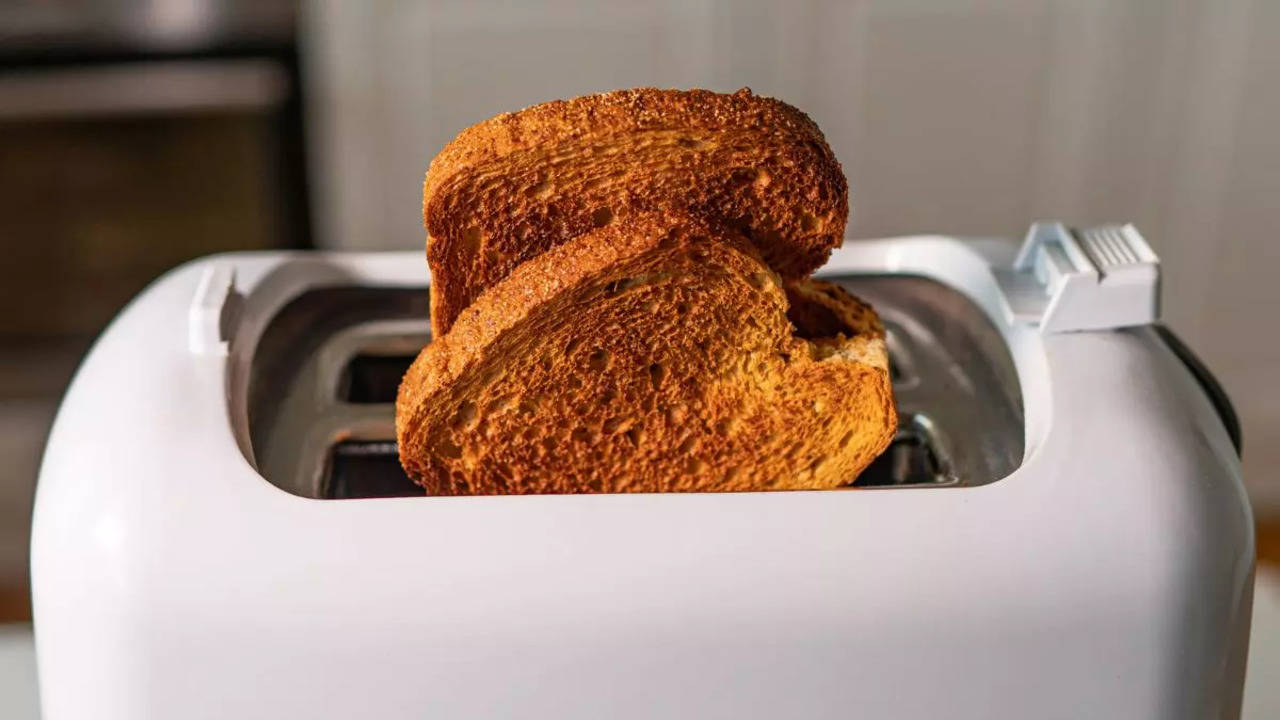
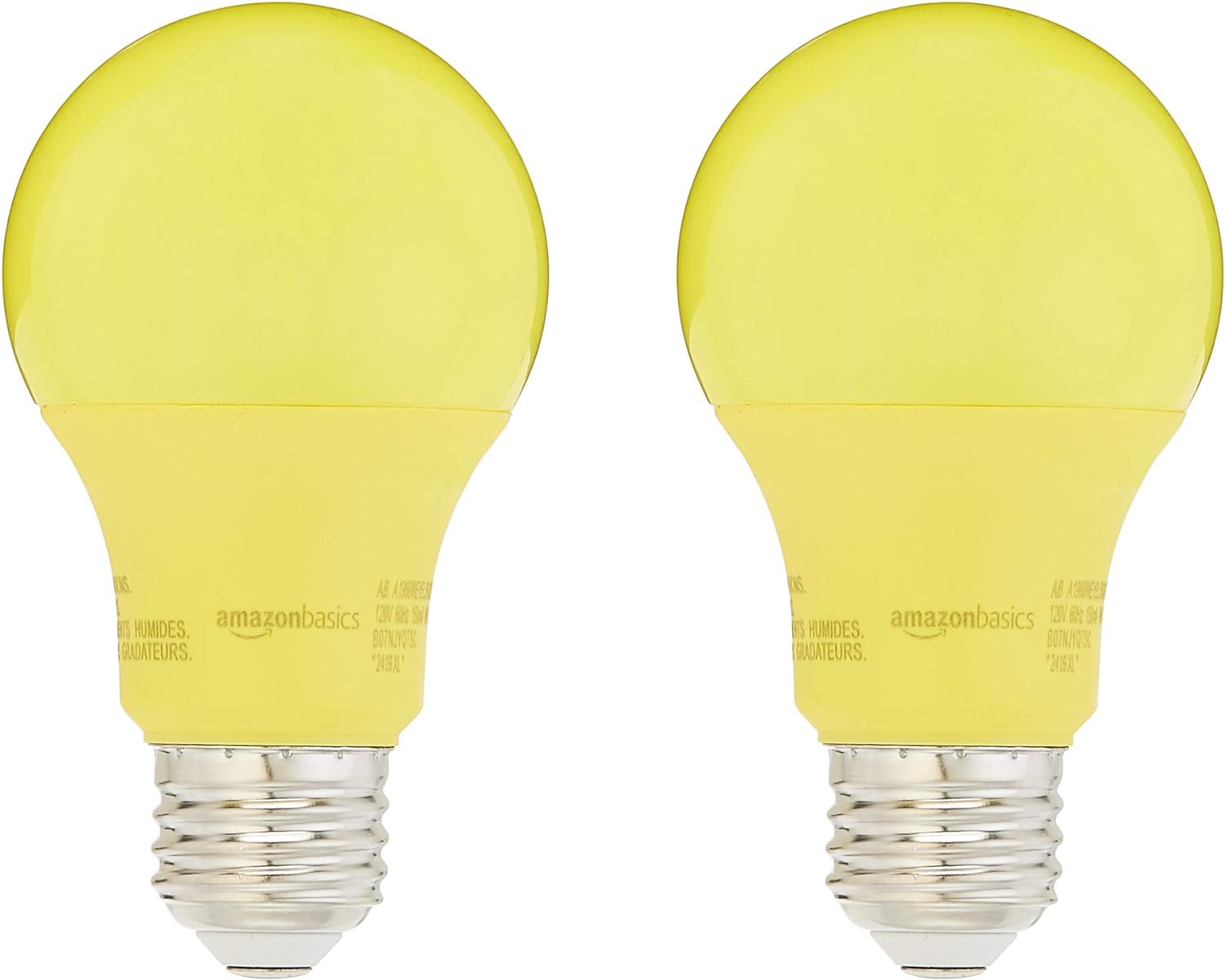
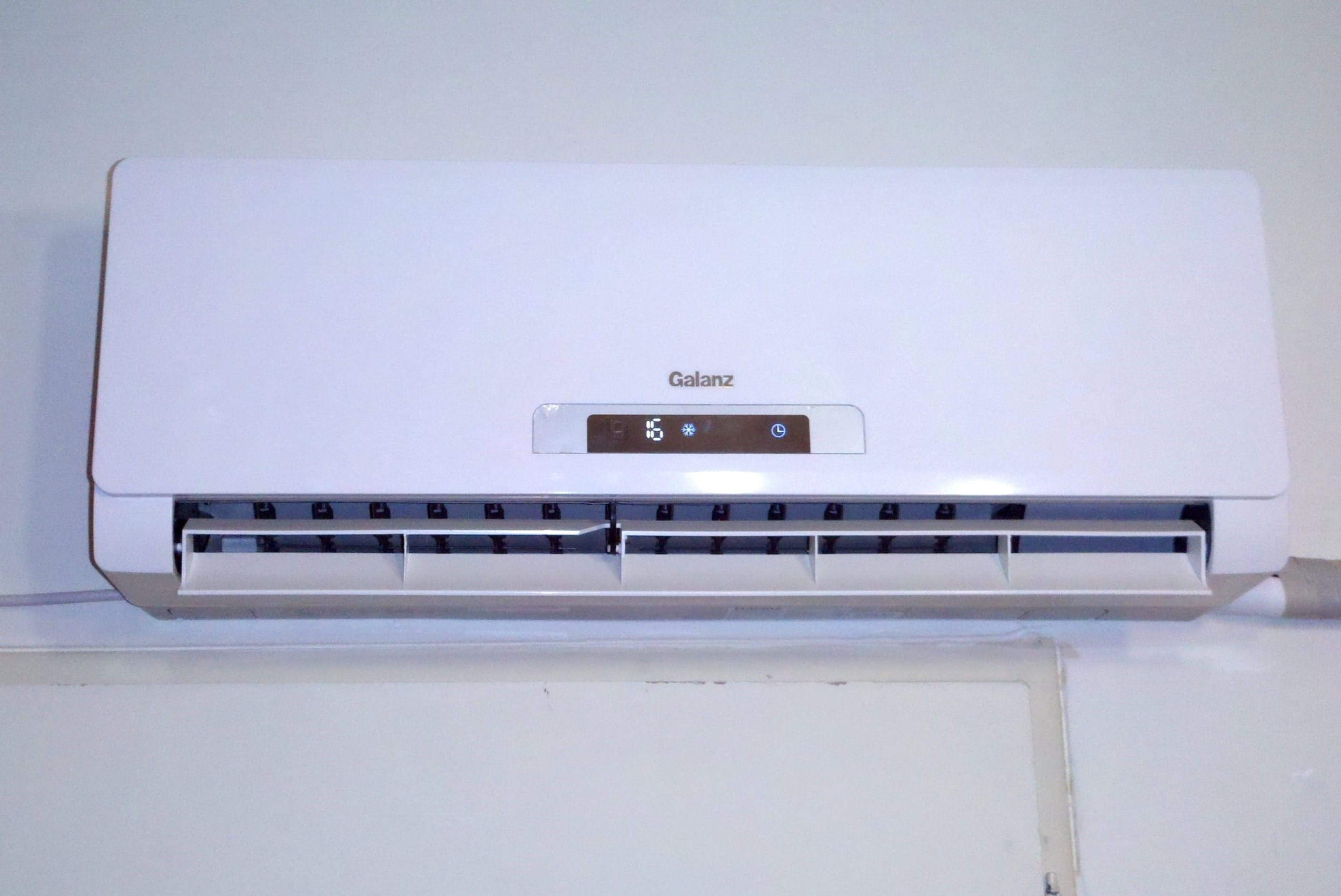
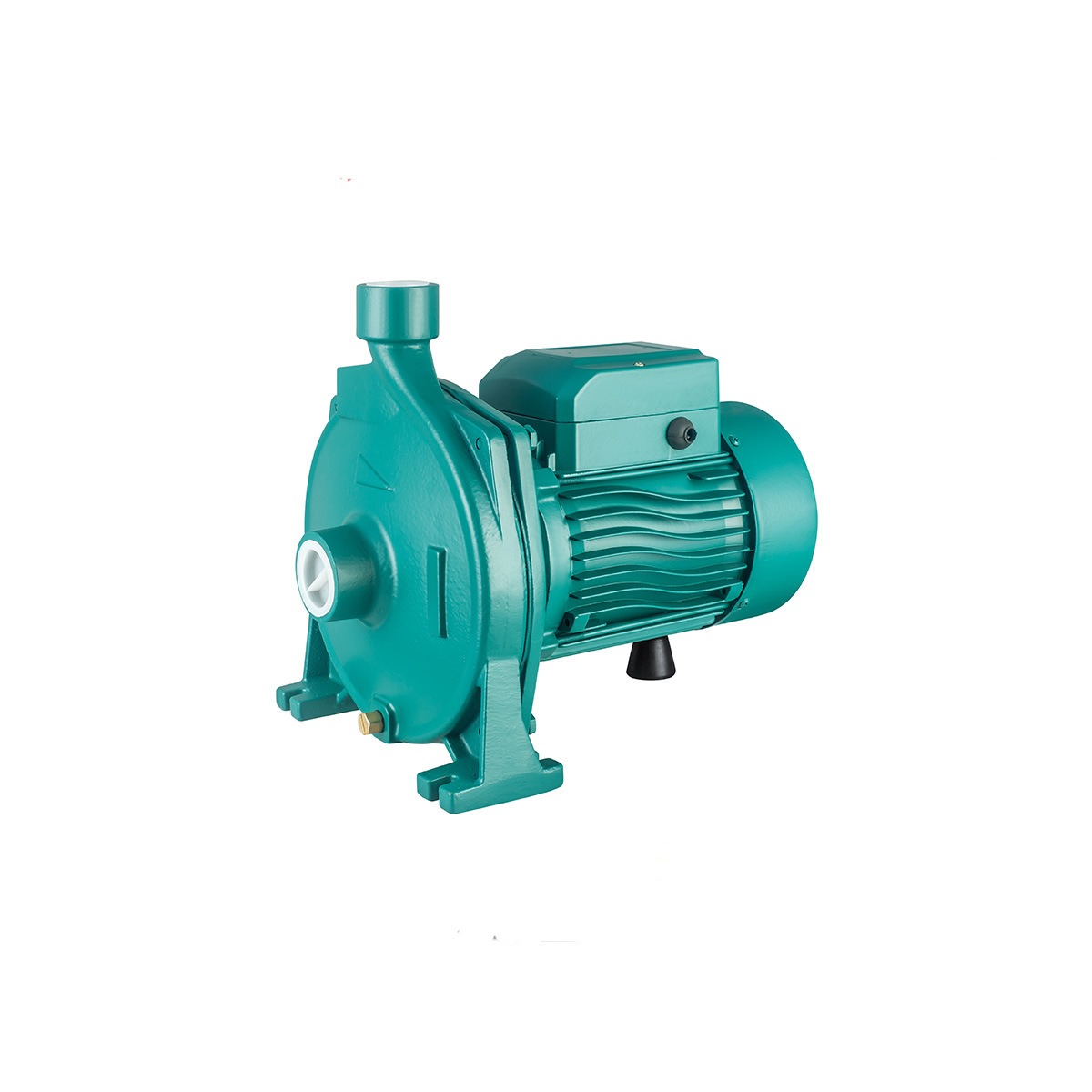
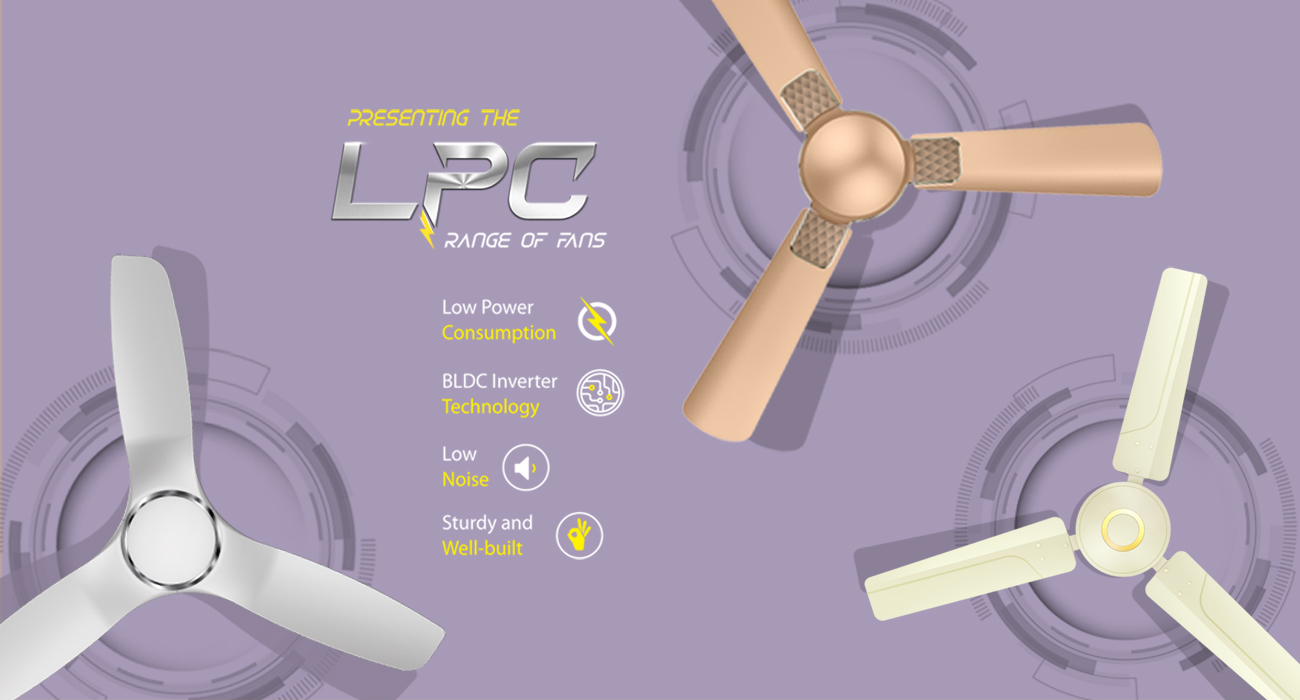
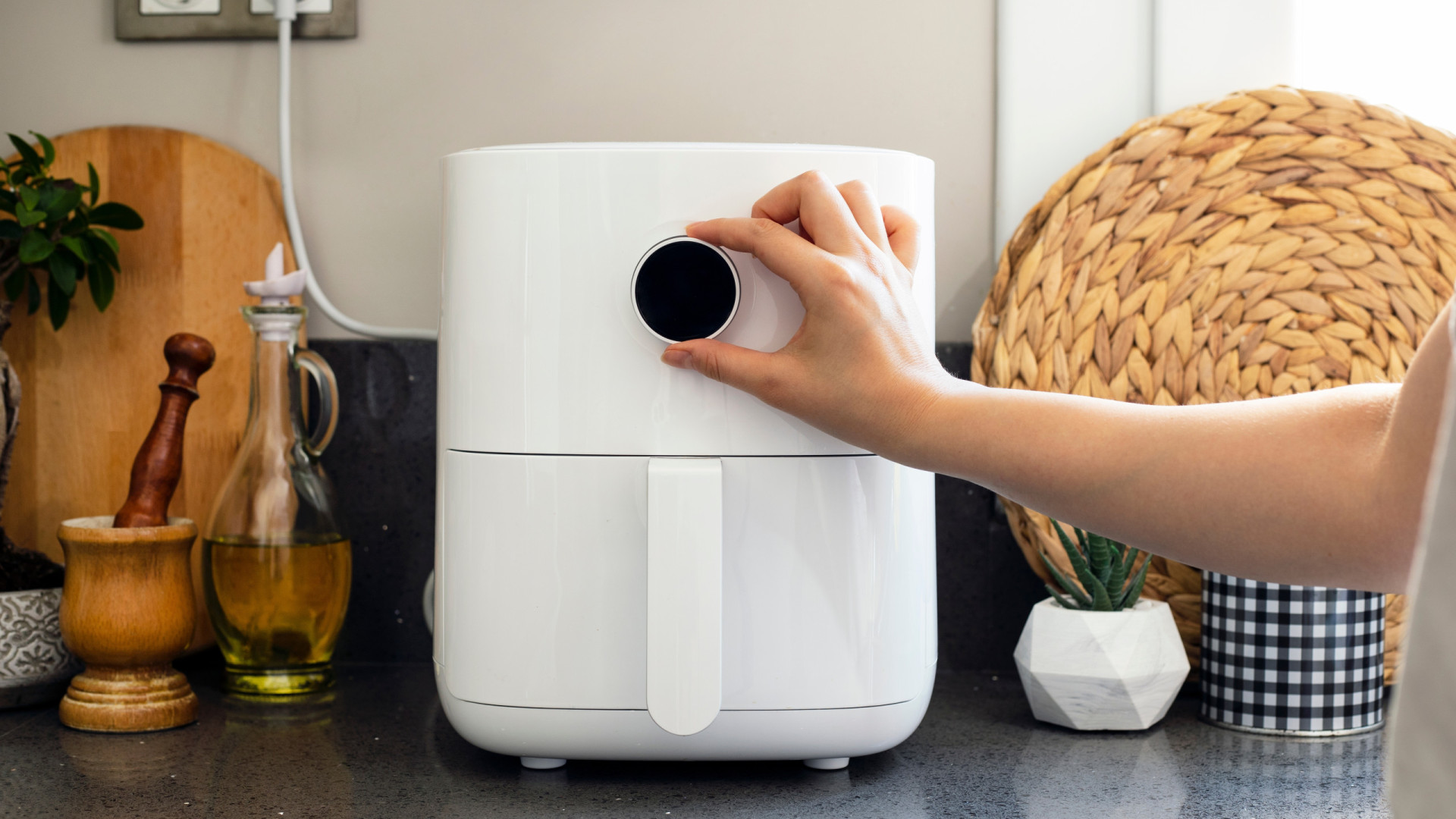

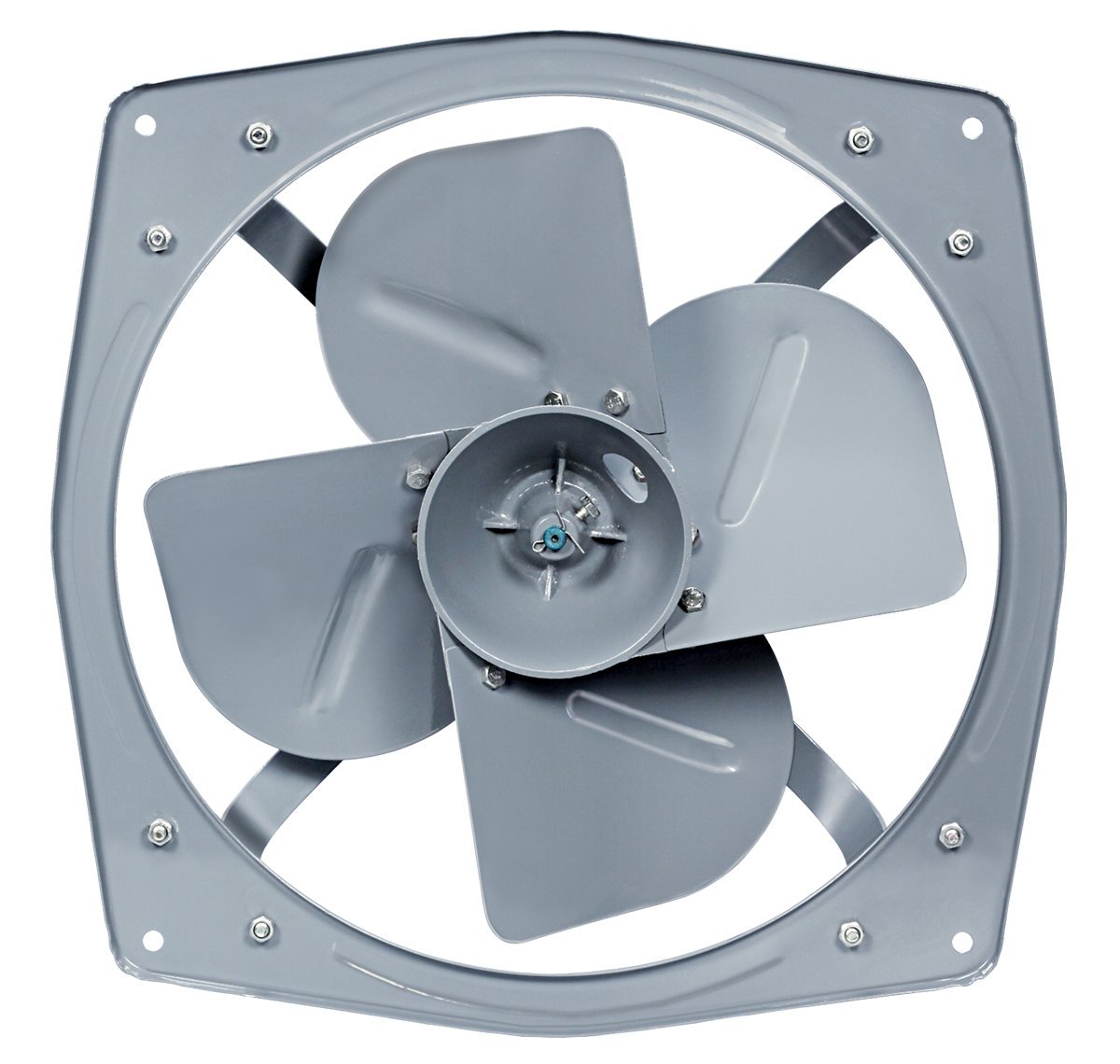

0 thoughts on “How Many Watts Does A Bounce House Use”